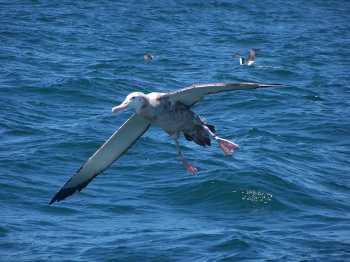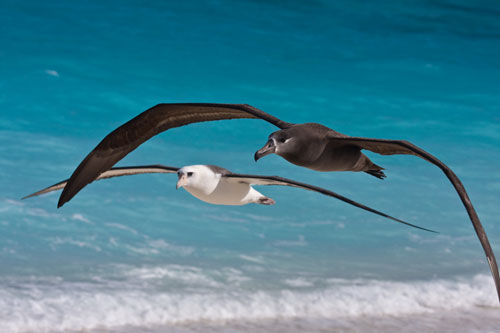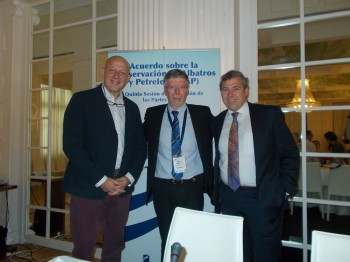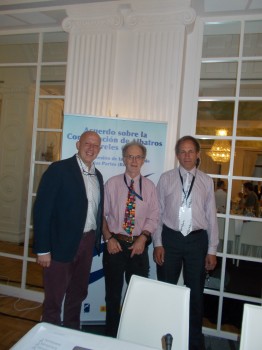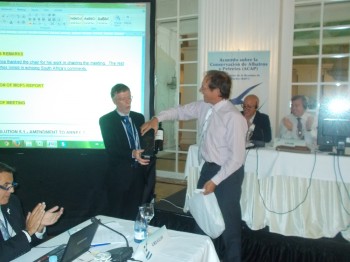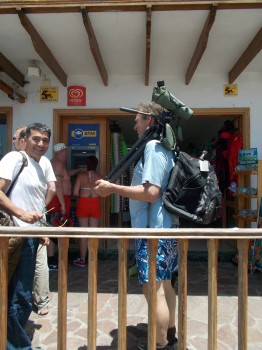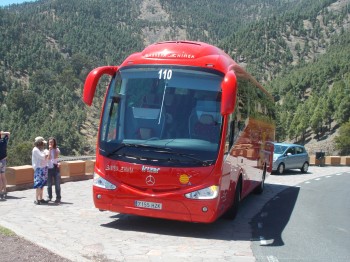Delia Davies (Percy FitzPatrick Institute of African Ornithology, DST/NRF Centre of Excellence, University of Cape Town, South Africa) and colleagues have published in the on-line and open-access journal Avian Conservation and Ecology on attacks by introduced House Mice Mus musculus on Critically Endangered Tristan Albatross Diomedea dabbenena chicks on Gough Island.
The paper’s abstract follows:
“The critically endangered Tristan Albatross Diomedea dabbenena breeds almost exclusively on Gough Island, in the central South Atlantic, where breeding success is much lower than [of] other great albatrosses (Diomedea spp.) worldwide. Most breeding failures occur during the chick-rearing stage, when other great albatrosses suffer few failures. This unusual pattern of breeding failure is assumed to be largely due to predation by introduced house mice Mus musculus, but there have been few direct observations of mouse attacks. We closely monitored the fates of 20 chicks in the Gonydale study colony (123 chicks in 2014) using motion-activated cameras to determine the causes of chick mortality. Only 5 of 20 chicks survived to fledge, and of the 15 failures, 14 (93%) were due to mouse predation. One mouse-wounded chick was killed by a Southern Giant Petrel Macronectes giganteus; the rest died outright from their wounds within 3.9 ± 1.2 days of the first attack. Despite this high impact, most chicks were attacked by only 1-2 mice at once (maximum 9). The remaining 103 chicks in the study colony were checked less frequently, but the timing of failures was broadly similar to the 20 closely monitored nests, and the presence of mouse wounds on other chicks strongly suggests that mice were responsible for most chick deaths. Breeding success in the Gonydale study colony averages 28% from 2001 to 2014; far lower than the normal range of breeding success of Diomedea species occurring on islands free from introduced predators. Island-wide breeding success fell below 10% for the first time in 2014, making it even more urgent to eradicate mice from Gough Island.”

Rob Ronconi holds a dying Tristan Albatross chick after a night of mouse attacks, photograph by Peter Ryan
With thanks to Ben Dilley for information.
Reference:
Davies, D., Dilley, B.J., Bond, A.L., Cuthbert, R.J. & Ryan, P.G. 2015. Trends and tactics of mouse predation on Tristan Albatross Diomedea dabbenena chicks at Gough Island, South Atlantic Ocean. Avian Conservation and Ecology 10(1): 5. http://dx.doi.org/10.5751/ACE-00738-100105.
John Cooper, ACAP Information Officer, 12 May 2015

 English
English  Français
Français  Español
Español 